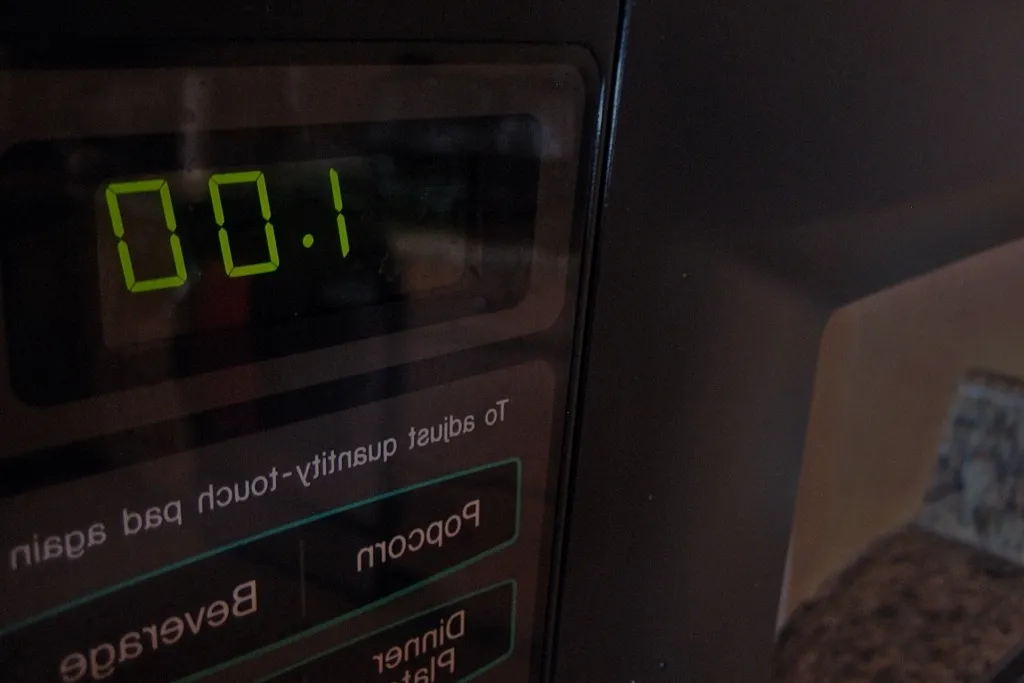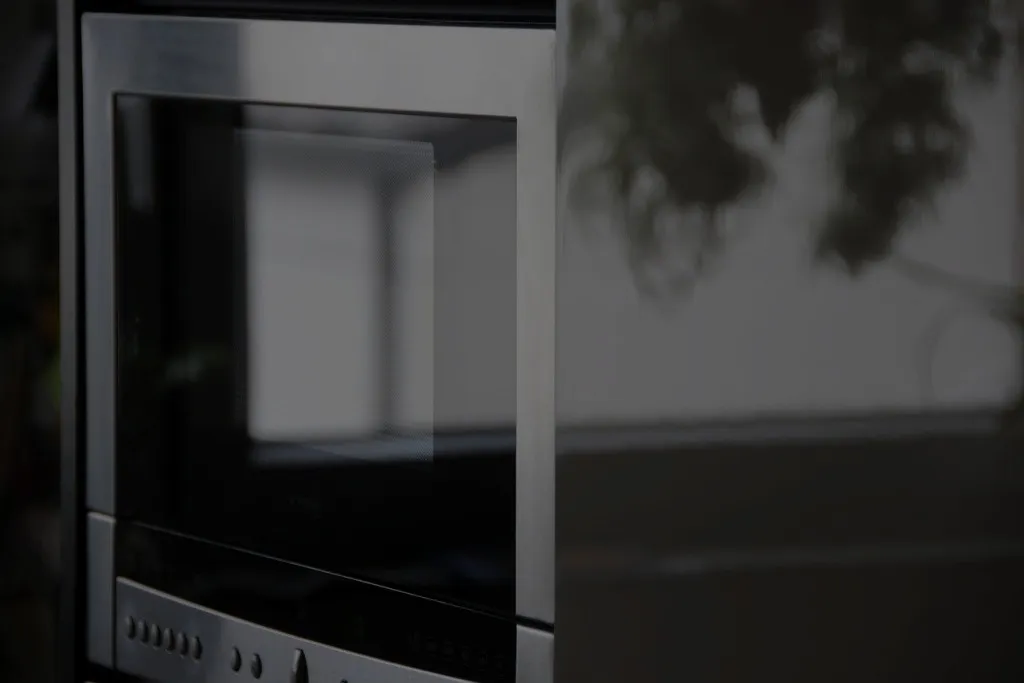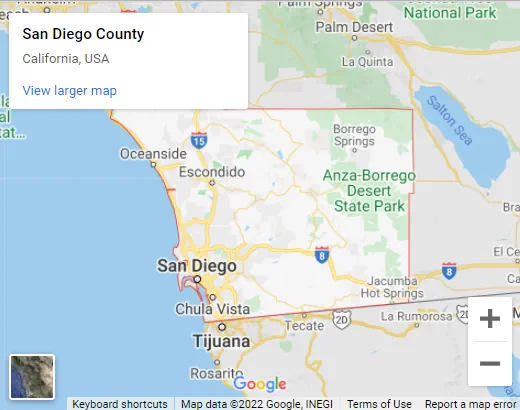Microwave Sparking Causes? Five common causes

There’s no reason to throw away a microwave that is sparking. A microwave can spark because it uses a lot of electricity. Sparking issues with microwaves usually result from metal fragments within the microwave or a problem with the cover of the waveguide. Both of these issues are easily rectified. Next, a faulty transistor is the most common cause. You can fix this problem, but a professional microwave technician is recommended. Reproducing a microwave with extreme care is essential as it’s a high-current and high-voltage appliance. The capacitor on a microwave may store an extremely high amount of energy, even when the device has been off the grid for several months. Discharging the capacitor before repairing microwave electrical components like diodes and magnetrons is essential.
Microwave Racks
Microwave racks can cause your microwave to spark. Metal is coated with plastic to keep it from sparking. You may find that the protective plastic coating has worn off or been chipped after using the same microwave rack for several years. Look for any metal on the microwave rack. Replace your old microwave rack.
Cover for Waveguides with Damage or Dirt
Waveguide covers are a common cause of microwave sparking. In most microwaves, the waveguide cover is a small panel that can be seen on one side of your microwave. The waveguide distributes energy from the magnetron to cook food. Sparking can occur in a microwave if the waveguide is clogged with food particles or grease. The magnetron is responsible for the sparking. Sparking can damage the cover of the waveguide. When the microwave fails to heat food properly, this can be an indication that the waveguide is damaged. Waveguides that are damaged cannot be repaired. It is best to replace the microwave. Cleaning the waveguide covers is essential. Be sure to clean the waveguide cover. Inspect the waveguide for damage. Be sure to disconnect the microwave from the power before replacing the cover. Remove the cover of the waveguide. It was cleaning the area. Replace the cover of your waveguide.
Faulty Diode
A microwave diode provides a high voltage to power the magnetron and cook the food. Your microwave may need to heat your food correctly if it sparks. A burning smell is another sign that the diode has failed. A diode is susceptible to shorting, wearing out, and splitting in two. The magnetron and diode are located in the cabinet. Disconnect your microwave from its power source. Disconnect the microwave from the power source—discharge capacitor. Even if the capacitor is disconnected from power, it can still contain deadly electrical current. Use caution. Check the diode’s continuity using a Multimeter. Hold the black lead to one end and touch the opposite diode end to the 9-volt negative terminal. Touch the lead with the positive battery terminal. A diode can only show continuity in one way.

If you cannot see continuity on the Multimeter, reverse the diode and place the black leads in contact with the diode’s opposite end. To test the battery, touch the other end of the diode. If there is negative continuity in either direction or continuity in either direction when the leads have been reversed, then the diode must be replaced.
Metal in Microwave
Using metal or tinfoil in the microwave can cause the microwave to damage itself and spark. Someone who is not familiar with the rule has been using it. Does the sparking come from a piece of pottery with metal trims? Have you cleaned it with steel wool? Avoid this because the shards may have caused your microwave to spark. Give the microwave a good clean before moving on to the more complex causes of a sparking micro.
Failing Magnetron
Problems with the magnetron are less likely to cause sparking. As magnetrons age, they can spark your microwave. The magnetron generates microwave frequencies to heat the food. When food doesn’t cook as it should, and the typical microwave hum becomes louder, this is a sign that the magnetron has failed. In some models, you can see the magnetron sparks inside the microwave. It would help to use caution when checking your magnetron—disconnect the microwave from the power source. Remove the top of the microwave for access to the magnetron. Discharge capacitor. Remember that even when the power has been cut off, the capacitor may still contain dangerous levels of electricity. Remove the magnetron for easy access. Test the Magnetron with a Multimeter. Set your Multimeter to ohms. Touch the red connector of the Multimeter with the other magnetron connector. Touch the lead of the black Multimeter to the connector on the opposite magnetron. If the Multimeter reads less than 1 Ohm, your magnetron works appropriately. Set your Multimeter to its highest resistance level. Place the lead on the magnetron’s casing. Place the second lead on another connector. A properly functioning magnetron should read “OL” on the Multimeter. If you find that the magnetron needs to be replaced, buy a new one.
Services that we provide
REQUEST SERVICE

















